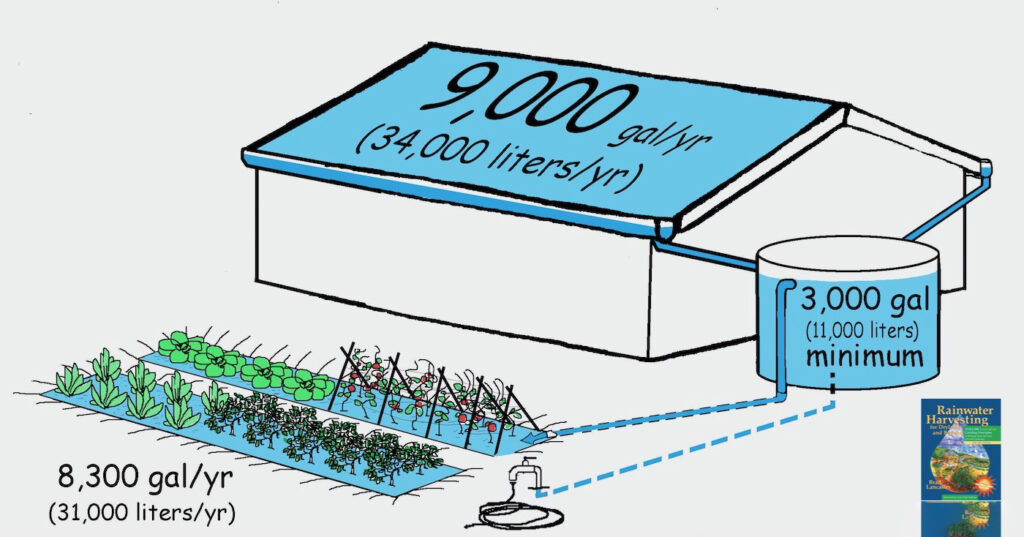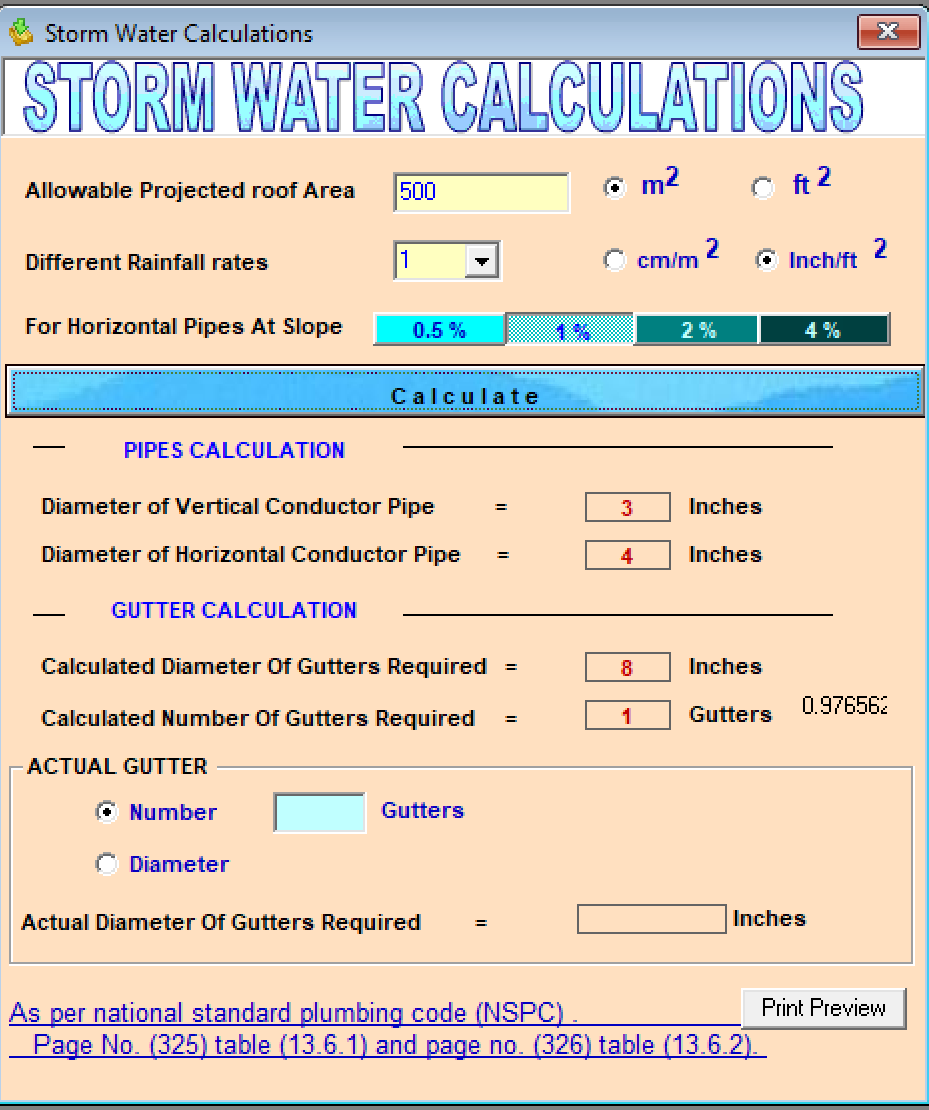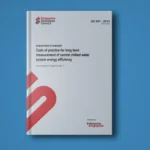Rainwater and stormwater calculations are essential for designing effective drainage systems to manage and mitigate water runoff from precipitation events. These calculations help in determining the necessary capacity of stormwater infrastructure such as gutters, downspouts, storm drains, retention basins, and other water management systems. Here’s a comprehensive guide on how to perform these calculations:
Rainwater/Stormwater Calculation Methods
Key Parameters
- Rainfall Intensity (I): The rate at which rain falls, typically measured in inches per hour (in/hr) or millimeters per hour (mm/hr).
- Drainage Area (A): The area contributing to the runoff, usually measured in square feet (ft²) or square meters (m²).
- Runoff Coefficient (C): A factor representing the percentage of rainfall that becomes runoff, dependent on the surface type (e.g., asphalt, grass).
Basic Formula for Runoff Calculation
The Rational Method is commonly used for calculating peak discharge (Q) from a drainage area.
𝑄=𝐶×𝐼×𝐴Q=C×I×A
Where:
- 𝑄Q = Peak discharge (cubic feet per second or cfs)
- 𝐶C = Runoff coefficient (dimensionless)
- 𝐼I = Rainfall intensity (in/hr or mm/hr)
- 𝐴A = Drainage area (acres or hectares)
Steps to Calculate Runoff

- Determine Rainfall Intensity (I)
- Obtain rainfall intensity data for your location. This is often provided by local meteorological agencies and is based on historical rainfall data for different return periods (e.g., 10-year, 25-year storms).
- Measure Drainage Area (A)
- Calculate the area that contributes to runoff. This can be the roof area for a building, a parking lot, or an entire site.
- Choose Runoff Coefficient (C)
- Select an appropriate runoff coefficient based on the surface type. Typical values are:
- Roofs: 0.75 – 0.95
- Concrete or Asphalt: 0.70 – 0.95
- Lawns: 0.05 – 0.35
- Select an appropriate runoff coefficient based on the surface type. Typical values are:
Example Calculation
Given Data:
- Roof area: 2000 ft²
- Rainfall intensity: 1 in/hr
- Runoff coefficient for roof: 0.9
Rainwater and stormwater calculations
- Calculate Peak Discharge (Q): 𝑄=𝐶×𝐼×𝐴Q=C×I×A 𝑄=0.9×1×2000Q=0.9×1×2000 𝑄=1800 cubic feet per hourQ=1800 cubic feet per hour
Designing the System
Gutters and Downspouts:
- Gutter Size: Select based on the peak discharge and slope of the gutter.
- Downspout Number and Size: Ensure that downspouts can handle the peak flow rate. Multiple downspouts may be needed for larger areas.
Storm Drains and Retention Basins:
- Pipe Sizing: Use hydraulic calculations to size pipes that convey stormwater.
- Retention Basins: Design to store runoff and release it at a controlled rate.
Tools and Software for Rainwater/Stormwater Calculations
Several software tools can help with detailed rainwater and stormwater calculations, including hydraulic modeling and system design:
- EPA SWMM (Storm Water Management Model):
- Developed by the U.S. Environmental Protection Agency for dynamic rainfall-runoff modeling.
- HydroCAD:
- A powerful tool for stormwater modeling and analysis, widely used for designing detention basins, ponds, and other stormwater management systems.
- StormCAD:
- Bentley’s software for designing and analyzing storm sewer systems.
- Excel Spreadsheets:
- Custom spreadsheets can be created to perform these calculations using the Rational Method and other relevant formulas.
Example of an Excel Spreadsheet Structure
| Parameter | Value |
|---|---|
| Drainage Area (A) | 2000 ft² |
| Rainfall Intensity (I) | 1 in/hr |
| Runoff Coefficient (C) | 0.9 |
| Peak Discharge (Q) | 1800 ft³/hr |
Excel Formulas
- Peak Discharge (Q):
= C * I * A - Example Formula in Excel:
= 0.9 * 1 * 2000
Conclusion
Rainwater and stormwater calculations are critical for the design of effective drainage systems. By using the Rational Method and appropriate tools, you can ensure that your designs handle runoff efficiently, preventing flooding and other water management issues. Utilize available software tools for more complex systems and detailed analysis.
Note: All Password are [“salaimep” or “salaimep.com”]
Download |OneDrive, Google Drive
Also Download – Water Heater Capacity Calculations Software










1 thought on “Rainwater and stormwater calculations Software Free Download”